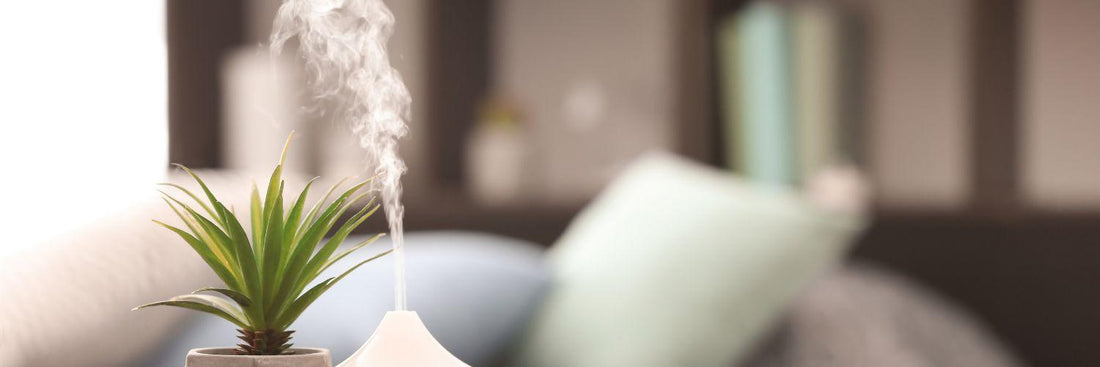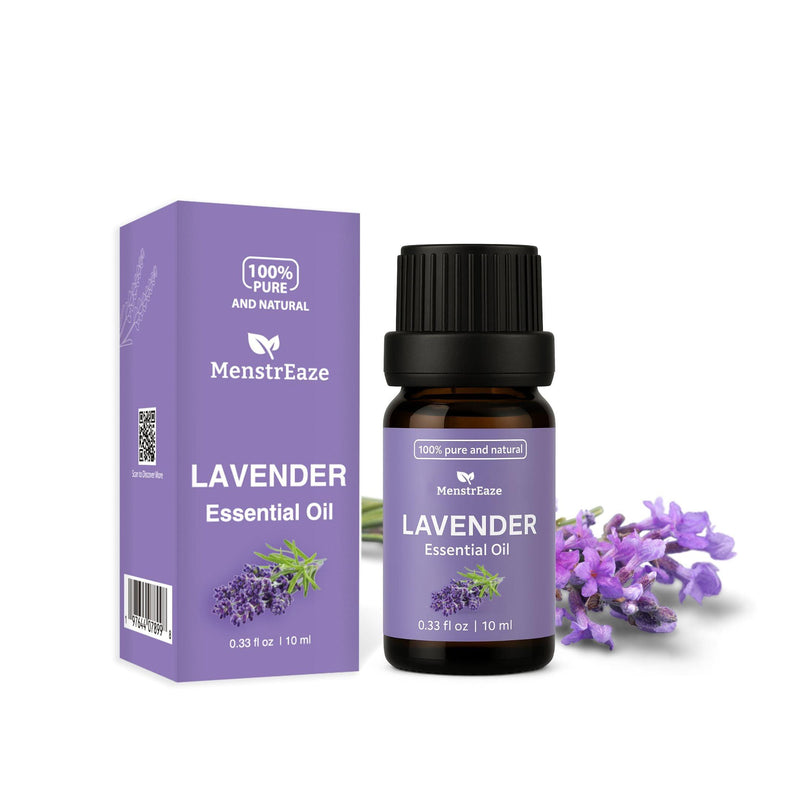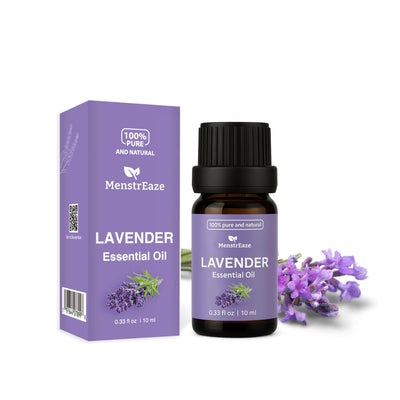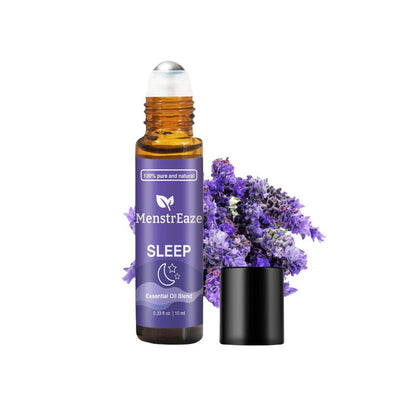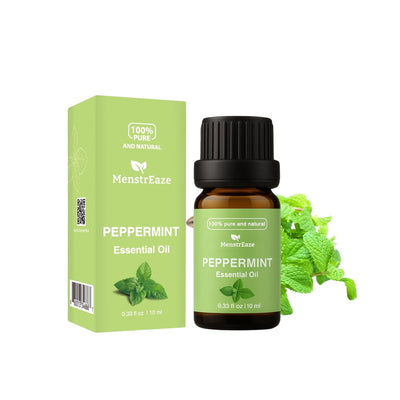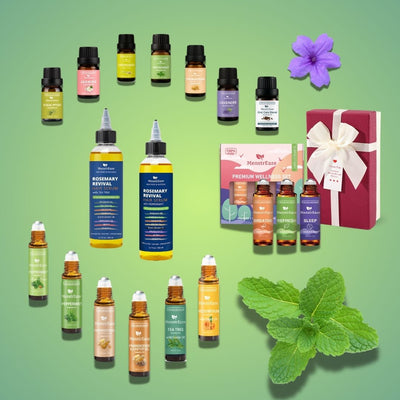In the demanding rhythm of modern life, women often seek effective ways to find balance, reduce stress, and enhance overall well-being. Two powerful, complementary practices that have gained significant attention for their potential to support holistic health are aromatherapy and meditation. When combined, they offer a synergistic approach to cultivating inner peace, improving focus, and fostering a deeper connection with oneself. This comprehensive guide will explore how to use essential oils in meditation, specifically tailored to support women's unique wellness journeys, grounded in evidence-based insights.
The Synergistic Power of Aromatherapy and Meditation
The practice of meditation, a mind-body therapy, involves training attention and awareness to achieve a mentally clear and emotionally calm state. Research indicates that interventions like mindfulness and meditation are effective in promoting relaxation and stress reduction [1]. They have been studied for their positive effects on various conditions, including stress reduction in college students [3], and have shown promise in managing neuropsychiatric disorders [6] and improving sleep quality [1], [9], [10].
Aromatherapy, the therapeutic use of essential oils, works by engaging the olfactory system, which is directly linked to the limbic system of the brain, responsible for emotions, memory, and motivation. This connection allows essential oils to evoke powerful physiological and psychological responses. Numerous studies highlight the benefits of aromatherapy, including its effectiveness in improving sleep quality [1], [5], [9], [10], reducing stress [3], [4], [7], and alleviating fatigue [8]. The combination of aromatherapy and meditation can create an environment that enhances the meditative state, helping to quiet the mind, deepen focus, and promote a sense of calm and well-being.
Choosing Essential Oils for Meditation and Women's Wellness
When selecting essential oils for meditation, consider their aromatic profiles and known therapeutic properties. The goal is to choose oils that resonate with your personal needs and the specific intention of your meditation practice.
Essential Oils for Relaxation and Stress Reduction
- Lavender: Widely recognized for its calming and sedative properties, lavender is excellent for promoting relaxation and preparing the mind for meditation. Aromatherapy interventions, including lavender, have been shown to improve sleep quality in various populations [1], [5], [9], [10].

- Frankincense: Known for its grounding and spiritual aroma, frankincense can deepen breathing and enhance a sense of tranquility and inner peace, making it ideal for spiritual or reflective meditation.

- Bergamot: An uplifting citrus oil, bergamot can help alleviate feelings of anxiety and promote a more positive mood, setting a serene tone for your meditation.
- Ylang Ylang: Often used to reduce stress and anxiety, ylang ylang's sweet, floral scent can help calm the nervous system and encourage emotional release.
Essential Oils for Focus and Clarity
- Sandalwood: Its rich, woody scent is traditionally used to promote mental clarity, focus, and a sense of calm during meditation, aiding in concentration.
- Lemon or Peppermint: While more stimulating, these oils can be used in small amounts to enhance alertness and mental clarity, which can be beneficial for meditations focused on problem-solving or clear intention setting.

Essential Oils for Emotional Balance and Women's Specific Needs
- Clary Sage: Often favored by women, clary sage is known for its balancing properties, particularly in relation to hormonal fluctuations. It can promote a sense of calm and emotional stability.
- Geranium or Rose: These floral oils are wonderful for fostering feelings of self-love, compassion, and emotional balance, supporting women through various life stages and emotional experiences.
How to Use Essential Oils for Meditation: Practical Applications
Integrating essential oils into your meditation practice can be done in several simple yet effective ways. Always ensure you are using high-quality, pure essential oils and dilute them properly, especially for topical application.
1. Diffusion
Using an essential oil diffuser is perhaps the most popular way to infuse your meditation space with therapeutic aromas. Diffusers disperse a fine mist of essential oils into the air, creating an aromatic environment that supports your meditative state. This method allows for passive inhalation, making it easy to enjoy the benefits throughout your practice.
- How to: Add 5-10 drops of your chosen essential oil (or a blend) to your diffuser with water, according to the device's instructions. Turn it on 10-15 minutes before you begin your meditation to allow the aroma to fill the room.
2. Topical Application
Applying diluted essential oils to pulse points allows for both aromatic inhalation and absorption through the skin. This can create a personal aromatic bubble that accompanies you throughout your meditation.
- How to: Dilute 1-2 drops of essential oil in a teaspoon of a carrier oil (such as jojoba, almond, or fractionated coconut oil). Apply to your wrists, temples, behind your ears, or the soles of your feet. Gently massage into the skin. Always perform a patch test first to check for sensitivity.
3. Direct Inhalation
For a more direct and immediate effect, you can inhale essential oils directly from the bottle or from a tissue.
- How to: Open the essential oil bottle and take a few slow, deep breaths, holding the bottle a few inches from your nose. Alternatively, place 1-2 drops on a cotton ball or tissue and inhale the aroma as needed during your meditation.
4. Aromatherapy Bath
A warm bath infused with essential oils before meditation can help relax the body and mind, making it easier to transition into a meditative state.
- How to: Add 5-10 drops of essential oil, properly dispersed in a tablespoon of a carrier oil or Epsom salts, to warm bathwater. Soak for 15-20 minutes, focusing on deep breathing and relaxation.
5. Creating a Pre-Meditation Ritual
Incorporating essential oils into a ritual before your meditation can signal to your mind and body that it's time to transition into a state of calm. This could involve lighting a candle, playing soft music, and then applying your chosen essential oil blend.
Safety and Best Practices for Aromatherapy and Meditation
While aromatherapy and meditation are generally safe, it's crucial to follow best practices to ensure a positive experience, especially when using essential oils.
- Dilution is Key: Always dilute essential oils with a carrier oil before applying them to the skin to prevent irritation. A general guideline is 1-2% dilution (1-2 drops of essential oil per teaspoon of carrier oil).
- Patch Test: Before widespread topical use, apply a small amount of diluted oil to a discreet area of skin (e.g., inner forearm) and wait 24 hours to check for any adverse reactions.
- Quality Matters: Purchase essential oils from reputable suppliers who provide information on sourcing, purity, and testing (e.g., GC/MS reports).
- Avoid Ingestion: Unless under the direct supervision of a qualified healthcare professional or certified aromatherapist, do not ingest essential oils.
- Consult a Professional: If you are pregnant, nursing, have a medical condition, or are taking medications, consult your doctor or a certified aromatherapist before using essential oils.
- Ventilation: Ensure adequate ventilation when diffusing essential oils, especially in smaller spaces.
- Store Properly: Keep essential oils in dark glass bottles, away from direct sunlight and heat, to preserve their potency.
Tailoring Aromatherapy for Specific Women's Wellness Needs
The beauty of combining aromatherapy and meditation lies in its adaptability to address diverse aspects of women's wellness.
Stress and Anxiety Reduction
Women often experience high levels of stress due to various roles and responsibilities. Both meditation and aromatherapy have been shown to be effective non-pharmacological interventions for stress reduction [3], [4], [7]. Incorporating calming essential oils like lavender, bergamot, or frankincense into a daily meditation practice can significantly contribute to managing stress and anxiety levels.
Improved Sleep Quality
Sleep disturbances are common among women. Research consistently points to aromatherapy and meditation as beneficial non-pharmacological interventions for improving sleep quality [1], [5], [9], [10]. A pre-bedtime meditation combined with diffusing lavender or sleep oil blend can signal to the body that it's time to wind down, promoting deeper, more restorative sleep.

Emotional Balance and Hormonal Support
From menstrual cycles to menopause, women navigate significant hormonal shifts that can impact emotional well-being. While specific claims for hormonal balance require further research, the general calming and uplifting properties of oils like clary sage, geranium, and rose can support emotional equilibrium during these transitions. Meditation provides a powerful tool for observing and managing emotional responses without judgment.

Enhanced Focus and Cognitive Clarity
Juggling multiple tasks can lead to mental fog. Essential oils like sandalwood or lemon, when used during meditation, can help sharpen focus and improve cognitive clarity, enabling women to approach their daily tasks with greater presence and efficiency.
Conclusion
The integration of aromatherapy and meditation offers a profound and accessible pathway to enhanced women's wellness. By thoughtfully selecting essential oils and incorporating them into a consistent meditation practice, women can create a powerful synergy that supports emotional balance, reduces stress, improves sleep, and fosters a deeper connection to their inner selves. This holistic approach empowers women to cultivate resilience, find tranquility amidst chaos, and nurture their well-being from the inside out. Embrace the transformative potential of aromatherapy and meditation to embark on a journey of profound self-care and holistic health.


